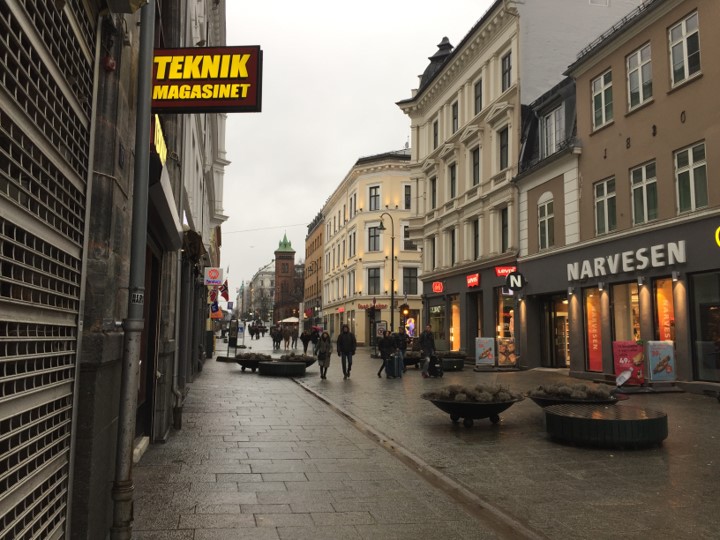The car attacks in Magdeburg, Germany, and New Orleans, USA, highlight critical vulnerabilities in the security of cities with high pedestrian traffic.
Blog post
The blogpost is written by

These incidents serve as a reminder that protecting public spaces from such threats requires robust, comprehensive, and consistently implemented measures. What lessons can we draw from this when it comes to safety in Stavanger city centre?
The December 2024 attack on the Christmas market in Magdeburg resulted in six dead and hundreds injured. Despite the presence of concrete barriers, an unprotected emergency access road was utilized, rendering the entire setup inefficient. On New Year's Day 2025 in New Orleans, a car attack resulted in 15 deaths and several injuries. This incident happened due to malfunctioning of the car barriers. Both cases show a pattern: security measures that look adequate on paper can fail catastrophically.
In Stavanger, both scenarios could theoretically occur. Flower boxes can withstand a certain amount of kinetic impact based on speed, distance, and the trajectory in which cars are moving. These are calculations that have been carried out by local authorities. At the same time, similar measures in Vågen must allow permeability for pedestrian traffic, bicycles, electric scooters as well as access points for delivery vehicles and emergency services.
This presents a riddle. Without access roads, you cannot have Christmas markets, food festivals and music events. So where should these access roads be placed? What are the trade-offs between convenience, functionality, and security? These are questions that cause headaches for urban planners and security experts, and we place great emphasis on such issues in our study programs in urban planning and societal security.
Typically, if one can restrict car access routes in manageable areas, where the possibility of acceleration is limited by the natural or man-made topography, surface type, and with meandering designs (such as zig-zag patterns or the use of non-linear paths), a balance can be struck between convenience, functionality, and security – at least for these types of threats. This applies if you want to maintain an almost normal traffic dynamic in the urban area, and this is the current thinking among the local authorities. Unfortunately, this does not apply to the authorities in Magdeburg.
Nevertheless, the threat remains unlikely and could happen anywhere. But as always, there are weaknesses that can be exploited. The question then becomes whether it is possible to address other underlying problems in the urban space and maximize the benefit of the costs and measures that are implemented. Stavanger city centre experiences several car accidents a year. Can the area become even more pedestrian-oriented to reduce accidents, noise and emissions?
